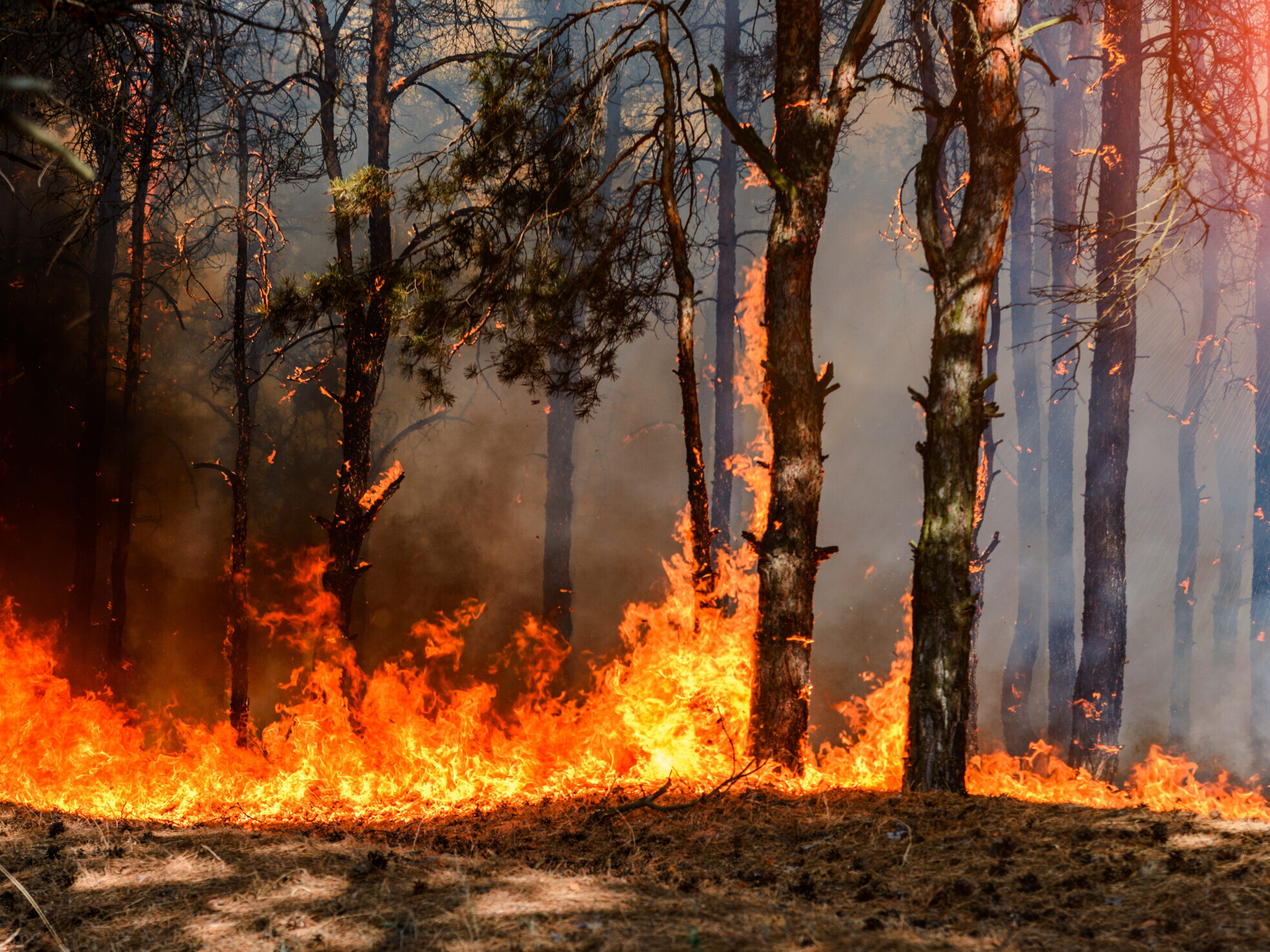- Home
- Blog
- Climate Change
- Wildfire crisis in Canada
By CEMAsys
Wildfire crisis in Canada
Challenges and implications for humanity amidst climate change.
As of June 12th, 2023, Canada has been grappling with 450 active fires across the country. The situation has caused widespread alarm and efforts to combat these blazes are ongoing. Unfortunately, the number of fires continues to rise, posing a severe threat to both human lives and the environment.
What is going on in Canada?
These fires have primarily been concentrated in the eastern and western provinces of Canada, where they have wreaked havoc on vast areas of land. Disturbingly, authorities have categorized 220 of these fires as «out of control,» indicating the challenges faced in containing and extinguishing them. The scale and intensity of these wildfires have stretched firefighting resources to their limits, requiring a coordinated and multi-pronged approach to bring them under control.
One of the most notable impacts was experienced outside of Canada, in New York City, where the air quality reached historically high levels of pollution. Particulate matter concentrations soared, exceeding 200 micrograms per cubic meter of air. This surge in pollution caused the city to be engulfed in a thick orange smog, shrouding its iconic skyline, and impacting the daily lives of its residents.

What is forecasted?
The Canadian government is faced with a daunting and prolonged challenge as they anticipate that the rampant fires across the country will persist for the foreseeable future. The fire season, which commenced in May, is projected to extend until October. Given the extent and severity of the ongoing fires, authorities have classified this season as «severe,» raising concerns about the potential ramifications it may bring.
Projections and analyses conducted by experts indicate that this year’s fire activity in Canada is likely to surpass historical norms. The most recent report released by government officials highlights the anticipated escalation of fire incidents, emphasizing that the current situation is far from reaching a resolution. Unfortunately, the prospects for containment and extinguishment appear challenging, as factors such as prolonged drought and rising temperatures exacerbate the fire-prone conditions.
Climate change serves as a formidable catalyst, with its escalating trajectory necessitating urgent attention. The warming of the Earth and exacerbation of drought conditions engender a rise in the incidence of wildfires. Consequently, these events wield substantial repercussions on human health. Specifically, deleterious respiratory complications arise from compromised air quality and heightened pollution levels, manifesting as heightened allergies and asthma cases. Furthermore, the augmented frequency of elevated temperatures places vulnerable demographics at an elevated risk of heat-related afflictions.

How do we combat climate change?
Mitigating the far-reaching impacts of climate change necessitates collective action, where both companies and individuals play pivotal roles in reducing their carbon footprint. Embracing this responsibility entails a multifaceted approach, and there are several effective strategies that can be employed.
One paramount avenue is transitioning to renewable energy sources. By championing the development and widespread adoption of clean energy technologies, such as solar, wind, and hydropower, we can usher in a profound reduction in greenhouse gas emissions. Both individuals and companies can actively participate in this shift, whether through installing rooftop solar panels, supporting renewable energy providers, or investing in the research and development of innovative clean energy solutions.
Simultaneously, embracing sustainable transportation options holds immense potential for emission reduction. At an individual level, conscientious choices like purchasing electric vehicles or opting for public transportation can make a tangible difference. For companies, the adoption of green transportation practices, such as fleet electrification or incentivizing carpooling and cycling among employees, can significantly contribute to mitigating carbon emissions.
Companies have the unique capacity to drive change through their investments and business practices. By allocating funds towards green energy projects, supporting sustainable startups, and integrating environmentally conscious practices into their operations, businesses can serve as catalysts for a low-carbon economy.
Related insights
Nothing found.
